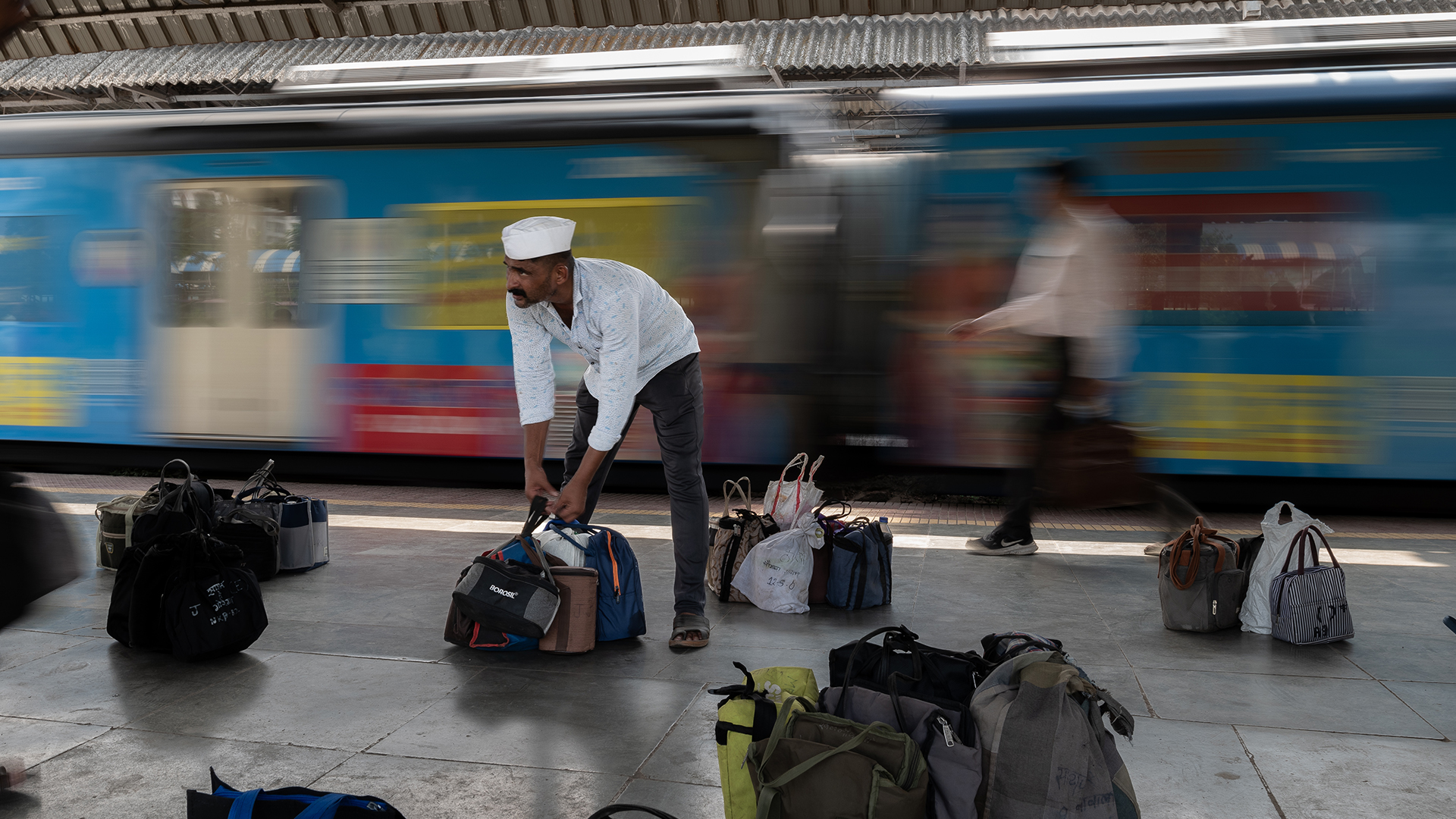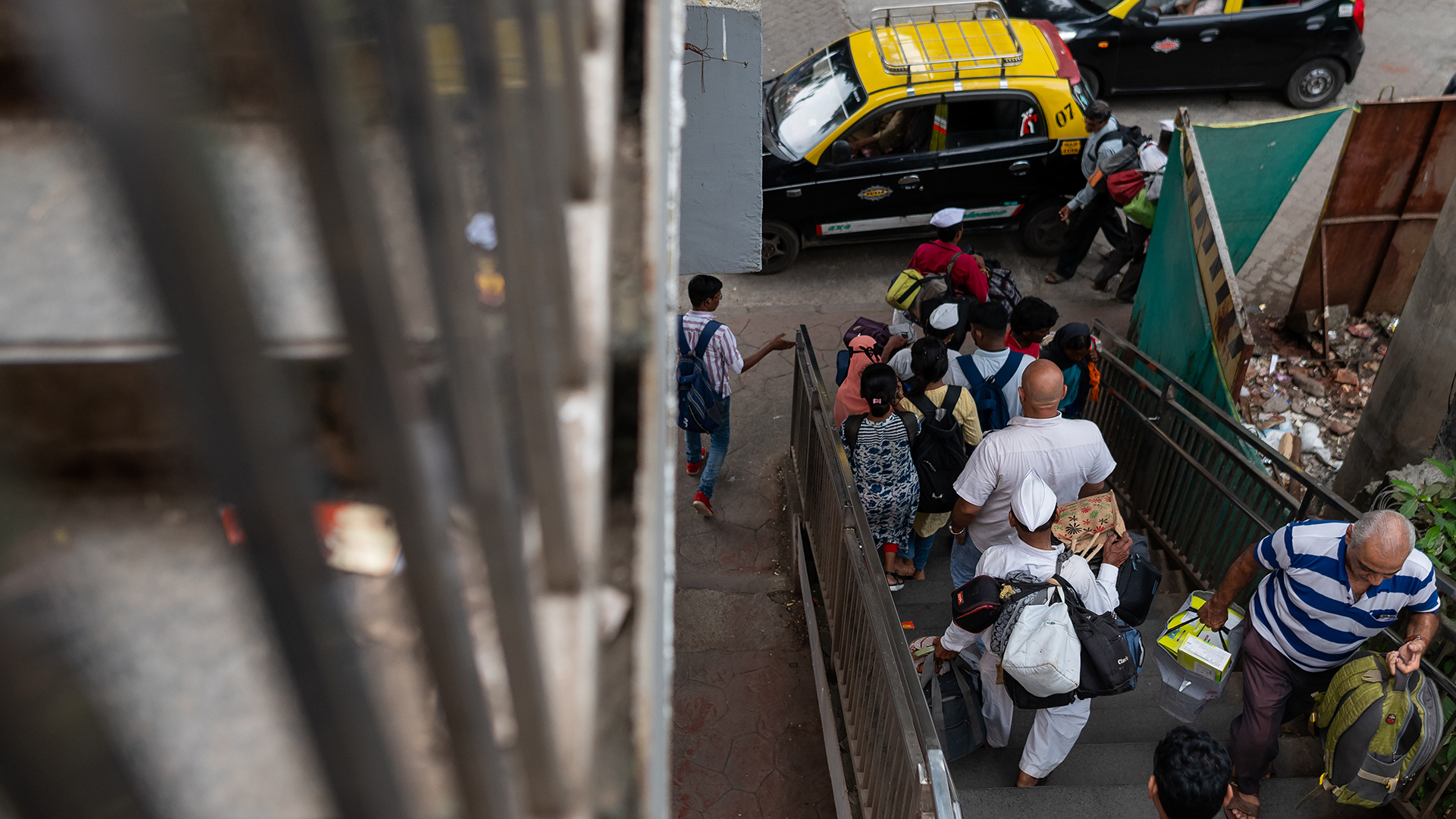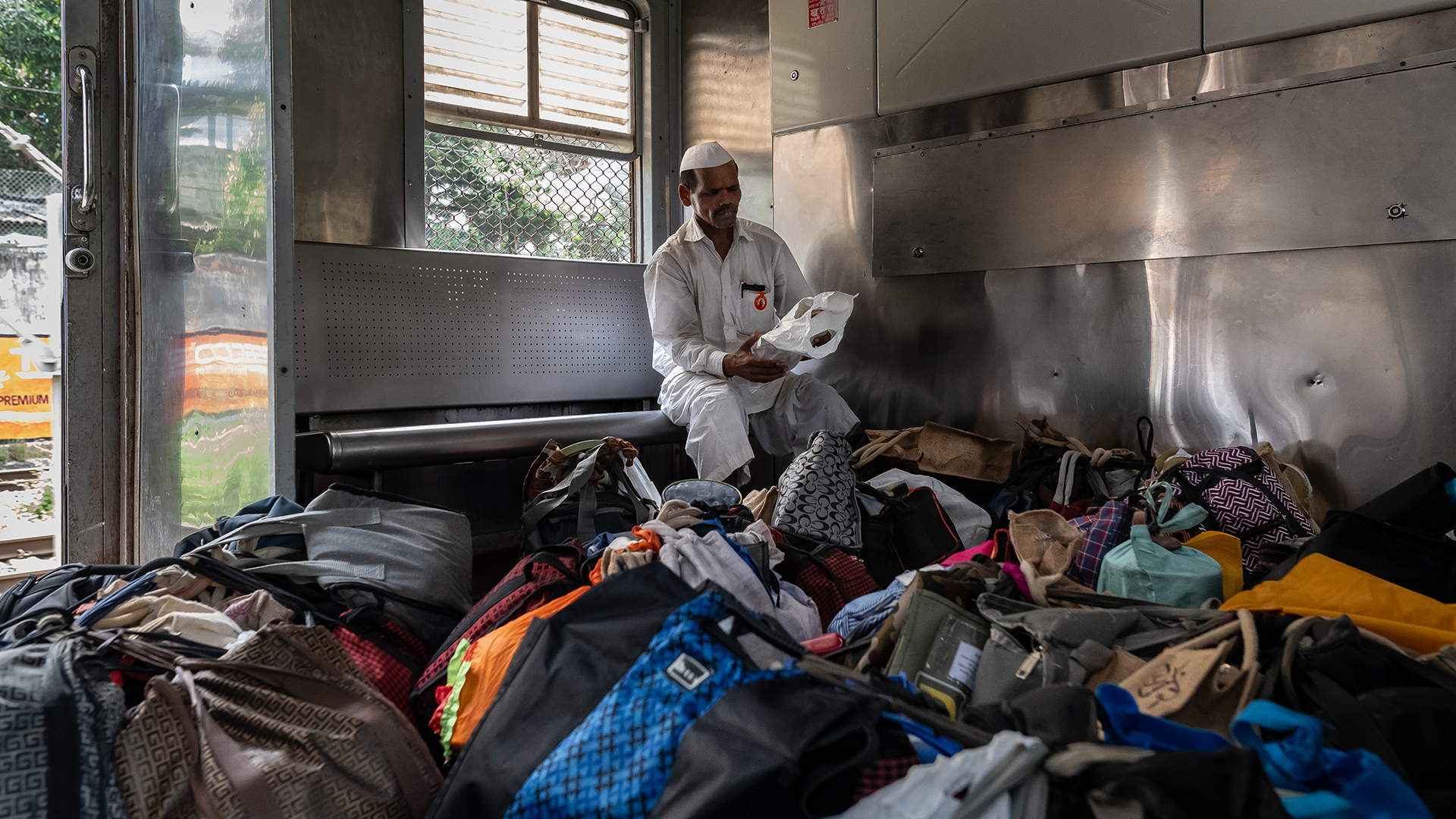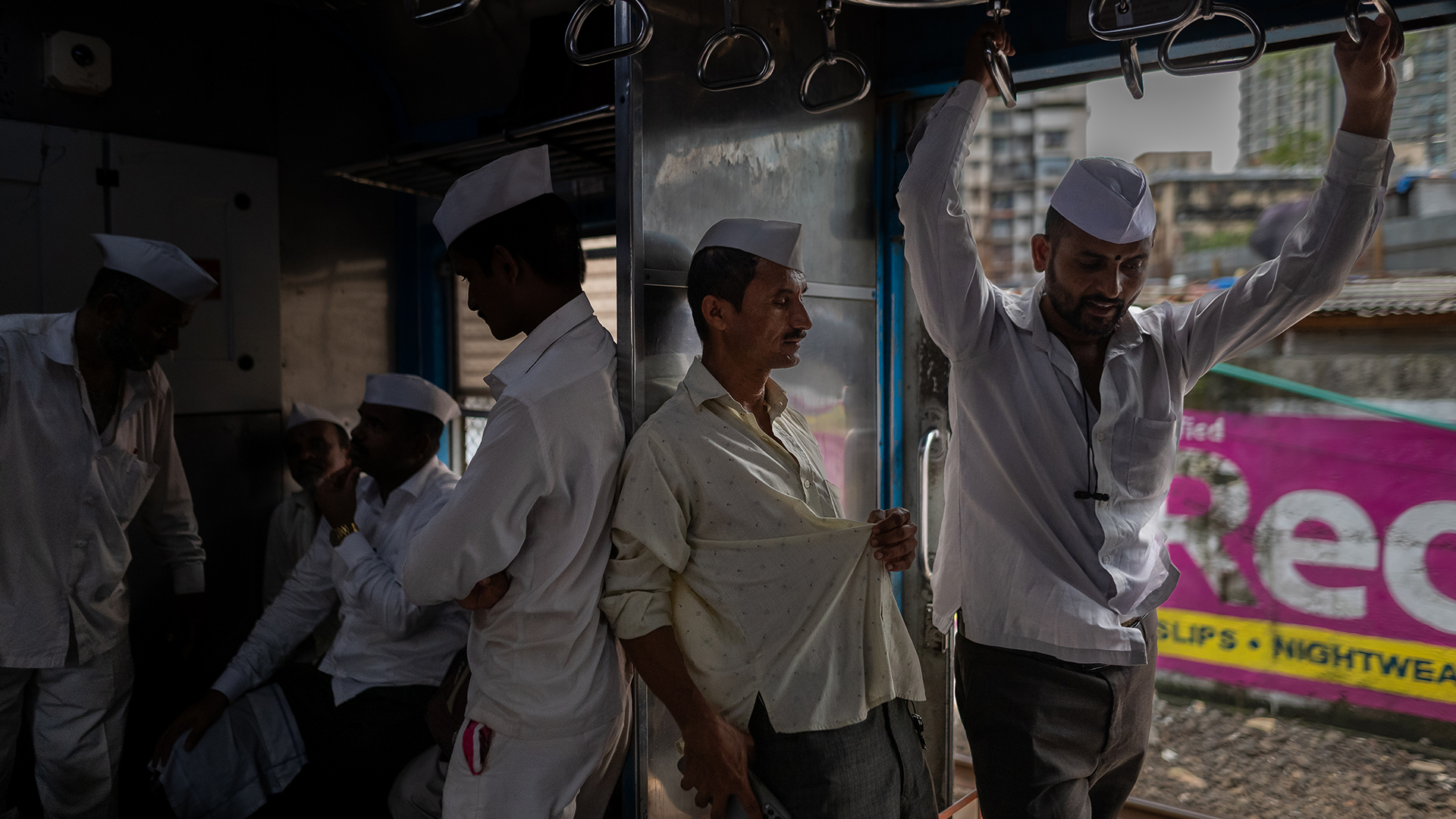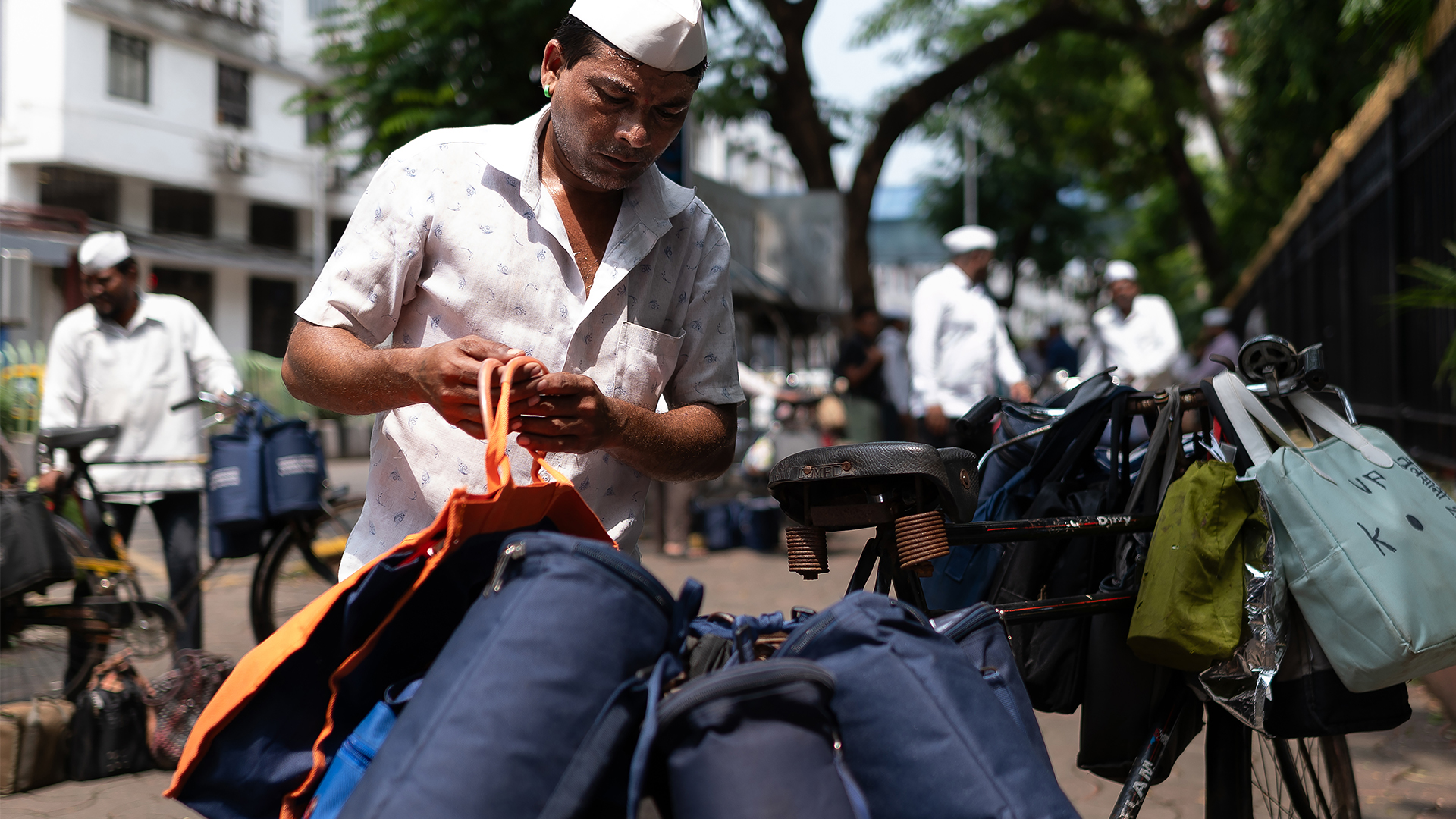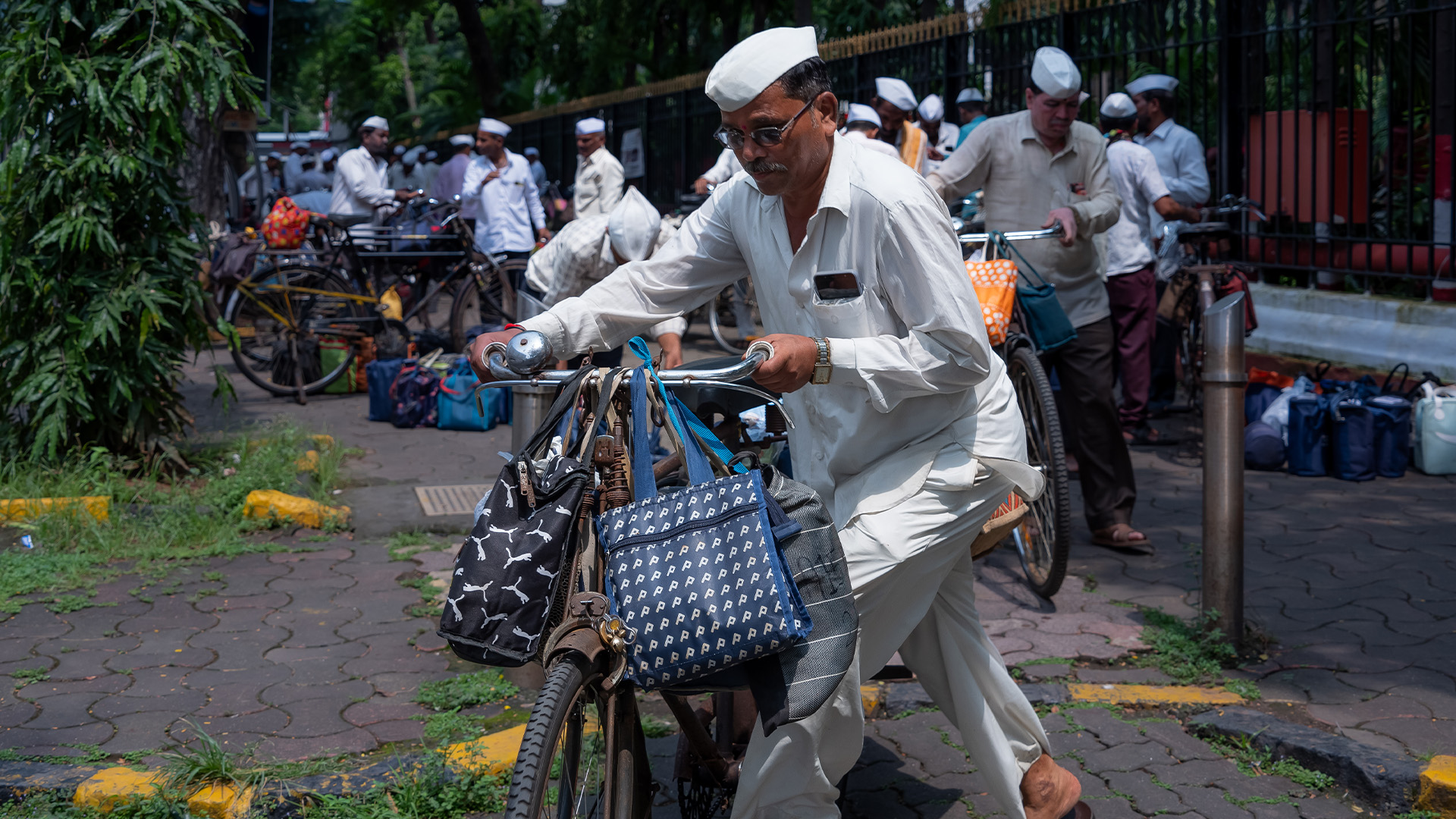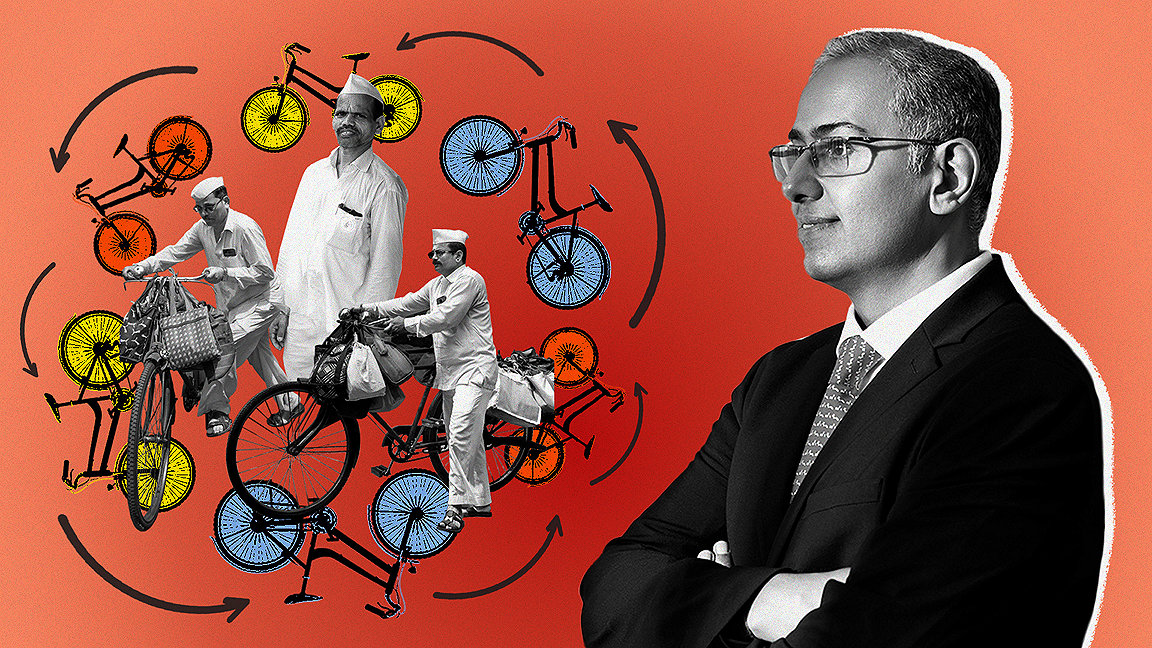
Mumbai-based senior industry leader Sanjay Dutt FRICS understands better than most the importance of the dabbawalas in his home city.
Dutt is the managing director and CEO of TATA Realty and Infrastructure. He has witnessed dabbawalas undergo a post-pandemic evolution and continue to provide important lessons for last mile logistics, as consumers expect increasingly fast and reliable deliveries.
Modus caught up with Dutt to ask a few questions about the points raised in the first part of our deep dive into dabbawalas and what they can teach us about last mile logistics.
Modus: How has the dabbawalas service evolved since the onset of the pandemic and the growth of online delivery start-ups?
SD: The pandemic had a significant impact on the dabbawala community, which is renowned for its impeccable precision and efficiency. The unprecedented obstacle taught them vital lessons that reshaped their business strategy, making them more adaptable. They incorporated more technology and diversified their services.
When lockdowns were put in place and office spaces closed, cutting off the dabbawalas’ ability to deliver lunchboxes to workers, they quickly modified delivery routes to serve residential areas. They adopted contactless delivery methods and adjusted to changing customer requirements and market dynamics.
As the need for lunchboxes significantly reduced during the pandemic, the dabbawalas took up alternative markets such as delivering groceries and essentials, which maintained consistent income and helped them grow their customer base. They began freelancing with restaurateurs, making fast deliveries using the Swiggy online food ordering and delivery platform.
How have consumer shopping habits and e-commerce changed in India after the pandemic?
There is a notable shift towards health-conscious and eco-friendly shopping preferences. A survey of Indian consumers by OneGreen, Asia's largest online shop for natural foods, found that 80% of Indians now prioritise their health and wellbeing when making purchasing decisions. While 60% factor in environmental considerations. This data shows a growing inclination towards more sustainable and mindful consumption in India.
A resurgence of support for local businesses has strengthened the sense of community in India – local vendors are celebrated as community heroes and many neighbours have transitioned into customers. Consumers increasingly value the contribution of neighbourhood businesses to their lives.
These observations chime with research by Accenture, which found that 50% of consumers have reassessed their behaviours and values in response to the pandemic, leading to discernible shifts in their purchasing preferences and priorities.
“A resurgence of support for local businesses has strengthened the sense of community in India” Sanjay Dutt FRICS, TATA Realty and Infrastructure
What impact has changing consumer behaviour had on last mile logistics in urban centres and areas where real estate such as warehouses and delivery centres are located?
Urban consumers have grown accustomed to the convenience of swift deliveries, and this trend is here to stay. Whether it's food, groceries, medications, electronics, or furniture, consumers now expect their orders to arrive at their doorstep within hours, if not minutes.
For businesses, 'delivery in minutes' or even same-day delivery can be challenging when inventory is stored in distant warehouses, which is where the concept of micro-fulfilment comes into play.
Before the pandemic, in 2018, pioneering micro-warehouses or micro-fulfilment centres were introduced in India as an experimental initiative. They revolve around a just-in-time inventory management strategy whereby goods spend no more than a day inside these facilities. A limited inventory is strategically stocked in a network of co-located storehouses spread across high-demand areas. This approach not only reduces a brand's capital expenditure on inventory, it also enhances efficiency and minimises wastage of resources.
Today, fulfilment companies are increasingly favouring micro-warehousing over traditional warehouses to enable lightning-fast last mile deliveries. In fact, it arguably represents the future of fulfilment.
The Indian warehousing and logistics sector played a pivotal role in the country's post-pandemic economic recovery and has emerged as a focal point for the Indian government, and in particular the implementation of its National Logistics Policy.
Tier II and III cities [cities with either a fast-growing or developing real estate market or with non-existent or marginally developed realty markets] have emerged as promising locations for substantial warehousing clusters. Future expansion of the warehousing sector is likely to predominantly occur in these locations.
This growth will also play a pivotal role in the long-term development of local infrastructure, contributing significantly to India's overall progress and development.
Can the impeccable track record of the dabbawalas in Mumbai provide last mile logistics lessons for the rest of the world?
They can teach us practical lessons on improving urban logistics. First, their attention to detail in labelling and sorting deliveries highlights the importance of reducing errors. Second, their straightforward system shows that simplicity can be efficient, even in a tech-driven world. Third, their local community knowledge helps them navigate the city efficiently, which is crucial in urban logistics.
Teamwork and coordination are key when it comes to delivering large volumes of parcels. They also prioritise customer satisfaction – vital in urban logistics – and seamlessly use eco-friendly transportation, demonstrating good practice for sustainability.
Lastly, their cost-effective approach, resilience in tough conditions, and commitment to improvement are all qualities that can guide urban logistics. These lessons can help make last-mile deliveries in cities more reliable and efficient.
Is their low-tech approach and reliance on foot, bike and rail transport a more effective way to navigate crowded urban centres than the methods used by high tech online delivery start-ups in India?
Both the approaches each involve pros and cons. Low-tech approaches are often more cost-effective, as they require minimal investment in technology and infrastructure. They are environmentally friendly, producing fewer emissions and reducing congestion in crowded urban areas. These have the ‘human touch’, fostering personal relationships with customers and contributing to a sense of community.
On the downside, they may lack the scalability and speed of high-tech solutions. They may be less adaptable to dynamic demand patterns and unable to exploit delivery tracking data and analysis.
The high-tech approaches employed by digital start-ups support real-time tracking, data analytics and scalability. They can adapt quickly to changing market conditions, optimising routes and resources efficiently. Moreover, they offer convenience to customers through features like mobile apps and online ordering.
On the downside, this approach often requires substantial investment in technology, including ongoing maintenance and updates. Using motorised vehicles for deliveries can contribute to increased traffic congestion and emissions. There are also concerns about job displacement as automation takes over.
“The Indian warehousing and logistics sector played a pivotal role in the country's post-pandemic economic recovery” Sanjay Dutt FRICS, TATA Realty and Infrastructure
Do the dabbawalas offer lessons on how to make urban supply chains more sustainable?
The dabbawalas' eco-friendly delivery approach, primarily reliant on bicycles and public transportation, significantly diminishes carbon emissions and underscores the potential of greener transportation alternatives, such as electric bikes or vehicles.
The dabbawalas' localised system, with lunchbox preparation and delivery confined to specific neighbourhoods, minimises the need for extensive long-distance transportation, reducing the environmental impact. Their use of routing guided by local knowledge, to avoid traffic congestion and reduce delivery times, underlines how supply chains can further optimise delivery routes and curtail fuel consumption and emissions.
Another noteworthy aspect is the dabbawalas’ reliance on reusable lunchboxes, rather than disposable containers and excessive packaging commonly used by online food delivery services. By adopting more sustainable and eco-friendly packaging practices, supply chains can significantly diminish waste.
The dabbawalas’ strong sense of community and personal customer relationships results in fewer order cancellations and returns, consequently diminishing the environmental impact associated with reverse logistics.
Furthermore, the dabbawalas' lean and efficient operational approach underlines how the adoption of these principles can optimise operations, reduce excess inventory, and decrease resource consumption. Their efforts to educate consumers to reuse lunchboxes, encouraging sustainability awareness, also underscores the role supply chains can play in educating customers to be more responsible and sustainable in the ways they consume.

